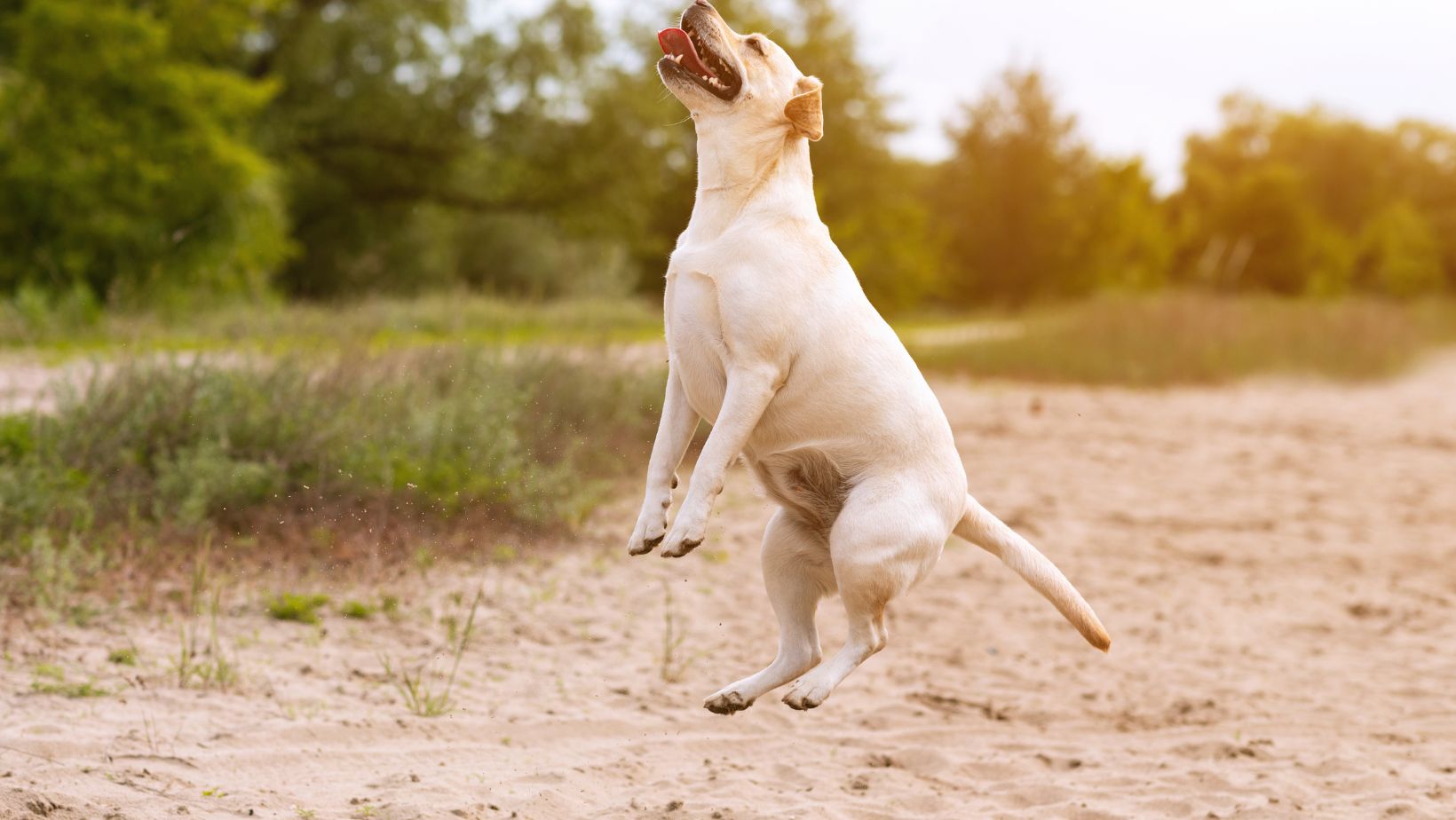How to Train Your Dog to Walk without a Leash
Are you tired of constantly being pulled by your energetic Labrador during walks? I know the feeling! In this article, I’ll share with you an effective no pull strategy to train your dog to walk without a leash. With the right techniques and consistent training, you’ll soon be able to enjoy peaceful walks with your furry companion.
Training a Labrador to walk without pulling can be challenging, but it’s definitely achievable with patience and persistence. By implementing positive reinforcement methods and teaching them proper leash manners, you can transform your daily walks into enjoyable experiences for both you and your pup. Let’s dive into the step-by-step process of this Labrador no pull strategy.
To start off, it’s important to establish a strong foundation of obedience commands such as ‘sit,’ ‘stay,’ and ‘heel.’ These commands will serve as building blocks for teaching your Labrador how to walk politely on a leash. Additionally, incorporating reward-based training methods using treats or toys can help motivate your dog throughout the training sessions. Stay tuned as we explore specific techniques and tips for successfully implementing this Labrador no pull strategy.
When it comes to walking our beloved Labradors, having a no pull strategy is essential. Not only does it make the experience more enjoyable for both you and your furry friend, but it also ensures their safety and the safety of others around you.
Common Mistakes to Avoid When Training Your Labrador
While implementing a no pull strategy is crucial in leash training your Labrador effectively, there are common mistakes that pet owners should avoid:
- Inconsistent Reinforcement: Consistency is key when training any dog behaviour, including walking without pulling. Inconsistently reinforcing the desired behaviour confuses dogs and slows down progress. Ensure that all family members follow the same training techniques consistently.
- Using Punishment-based Methods: Punishing or jerking on the leash when your dog pulls can be counterproductive and may harm your dog’s trust in you. Instead, focus on positive reinforcement techniques that reward desired behaviours.
- Neglecting Proper Equipment: Choosing the right equipment is essential to aid in leash training. Avoid using retractable leashes or harnesses that encourage pulling. Opt for a sturdy, well-fitted collar or a front-clip harness that discourages pulling behaviour.
- Underestimating Patience and Practice: Successfully training your Labrador to walk without pulling takes time and practice. It’s important not to rush the process or become discouraged if progress seems slow at times. Consistent training sessions with patience and positivity will yield better results over time.
Positive Reinforcement Techniques for Leash Training
Positive reinforcement is an effective approach when teaching your Labrador to walk without pulling. Here are some techniques you can incorporate into your no pull strategy:
- Treat Rewards: Carry small treats during walks and offer them as rewards when your Labrador walks alongside you without pulling on the leash. This reinforces the desired behaviour and motivates them to continue practising good leash manners.
- Verbal Praise: Dogs thrive on praise from their owners, so make sure to shower them with verbal encouragement whenever they exhibit proper walking behaviour. Use phrases like “Good job!” or “Nice walking!” in an upbeat tone to reinforce their positive actions.
- Clicker Training: Clicker training involves using a clicker device paired with treats to mark correct behaviours instantly, followed by rewarding your dog for those behaviours. Clickers provide clear communication between you and your Labrador, helping them understand what is expected of them during walks.
- Distraction Techniques: If your dog tends to pull towards something enticing during walks, such as squirrels or other dogs, redirect their attention with a favourite toy or treat before they have a chance to lunge forward impulsively.
Remember that every dog is unique, and the key to successful leash training lies in patience, consistency, and positive reinforcement. By understanding the importance of a no pull strategy, avoiding common mistakes, and implementing positive techniques, you’ll be well on your way to enjoying peaceful walks with your Labrador by your side.
